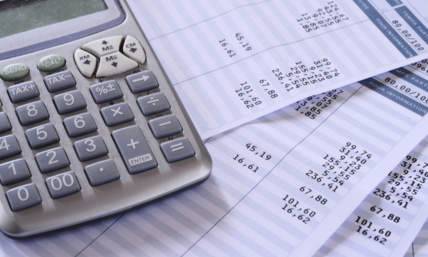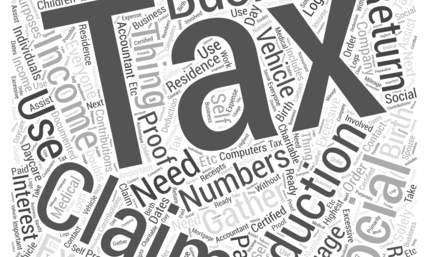Learn How To Read A Pay Stub
Payday is always the best day, but pay stubs can sometimes be confusing. To get ahead financially, you have to be able to track your income. Don't let your eyes go immediately to the big bold number stating what you are taking home.It's time to read between the lines and consider the other fields of information when you read a pay stub. From taxes, union dues and FUTA, things can get a little complicated.
Some companies don't even give pay stubs anymore, and based on which state you are working in, there may be different pay stub requirements. However, you can always request a pay stub from your employer for your records.
Once you know exactly how to read it, you'll be able to understand exactly where every cent has gone or will go. We've done the pay stub research for you and have compiled a list of exactly how to read pay stubs:
Also read: Paystubs Online For Your Business
First Things First: Employee Info
The first thing you'll notice upon further inspection when you read a pay stub, is both your information as well as your employer's at the top of the stub. Just under this, it should state what the period is for the payment at hand.
Read A Pay Stub, Know Your Earnings
The next part of your pay stub, just below the information portion is the part that shows you your hourly rate and hours worked. This section will show you your salary if you aren't an hourly wage worker. This portion will inform you of what you made in overtime, and will also show you bonuses or commissions for the pay period. Unfortunately, not all of this money is going to go directly into your bank account. This is simply your gross earnings before contributions, union fees, deductions, and taxes.
Also read: Legal Troubles Of Electronic Pay Stub
Employee Taxes
The next section below your earnings will state which taxes are withheld from your paycheck and how much. This is included on the pay stub for your W-2 tax filing purposes. These are also sent to the government. The withholding tax is the portion that goes tot he IRS. Under that, you will see Federal Taxes, Social Security, and Medicare taxes. While they add up, these taxes are what help keep our country running.
You should see State Income Tax listed or state SDI taxes as well. You can determine exactly how much is being deducted from your pay for taxes when you simply read a pay stub.
Employer Taxes
This section will show you the money taken from your employer that does not affect your take-home pay. Remember, these are the employer's burden, not yours. These taxes are often paid on your behalf, so they might be listed on your pay stub.
Deductions and Contributions
Deductions for things like retirement or health care will be listed next. Contributions to your 401k or healthcare program will also be noted.
Check Amount
Then you'll see the number you love looking at, your net earnings. This is the number you get to deposit into your bank account after all of the other taxes and deductions and contributions have been considered.
Great Work!
Congratulations, you are making money, and now you know how to read your pay stub. Don't let your pay stub stump you. As an adult in the workforce, it is important to know where every hard-earned cent is going. If you're looking to generate a paystub with a professional accounting firm, look no more because our paystub generator is the best one around.















